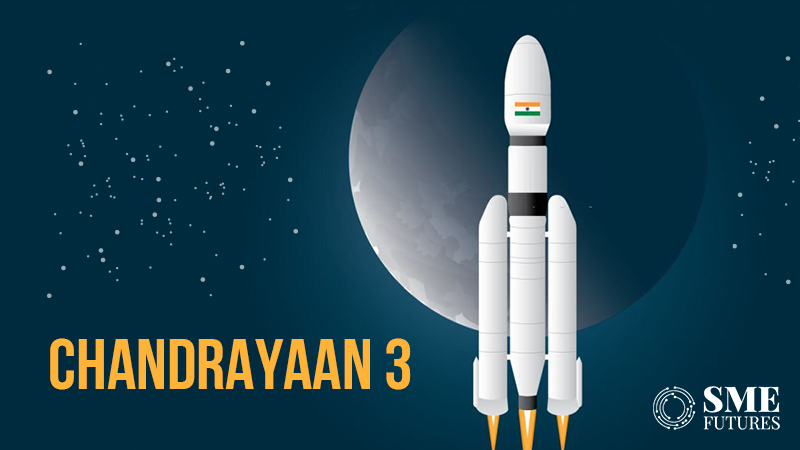It was a giant leap for India on August 23, 2023 evening as the Chandrayaan-3 lander module successfully landed on the moon’s South Pole, making it the first country to have achieved the historic feat and bringing to an end the disappointment over the crash landing of the Chandrayaan-2, four years ago.
Officials at India’s space agency ISRO headquarters in Bengaluru broke into applause after the Vikram began its powered vertical descent towards its landing site.
Space is an unforgiving environment, characterized by high vacuum and ionizing radiation. Due to the lack of possibilities for in-situ repairs, the development of space missions demands meticulous planning, design, testing, analysis, and review. It is a true example of “rocket science” that necessitates a multi-disciplinary team of domain experts working hand in hand with project execution teams, to tailor solutions for each specific mission.
This mission was a collaborative teamwork of government, non-government, and private organisations. Here are the private firms involved in the safe landing of Chandrayaan-3.
According to ISRO, several Lander drop tests with different touch-down conditions, simulating the lunar environment, were conducted at URSC. The mechanical hardware was mainly provided by Hindustan Aeronautics Limited (HAL), with the Titanium Tanks delivered by Bharat Heavy Electricals Limited (BHEL).
Further, a large number of private firms have also contributed to CH-3, in terms of mechanical and electronic fabrication. Those contributed to mechanical systems include DUCOM Aerospace, Smart Technologies, Artha Technologies, Multi Teck Engineering Solutions SLN CNC Tech, Southern Electronics, Systems control technology solutions, and Avasarala Technologies while those for electronic systems include Ananth Technologies, Centum Electronics, Data Patterns, Kaynes, Keltron, Newtech Solutions, etc.











